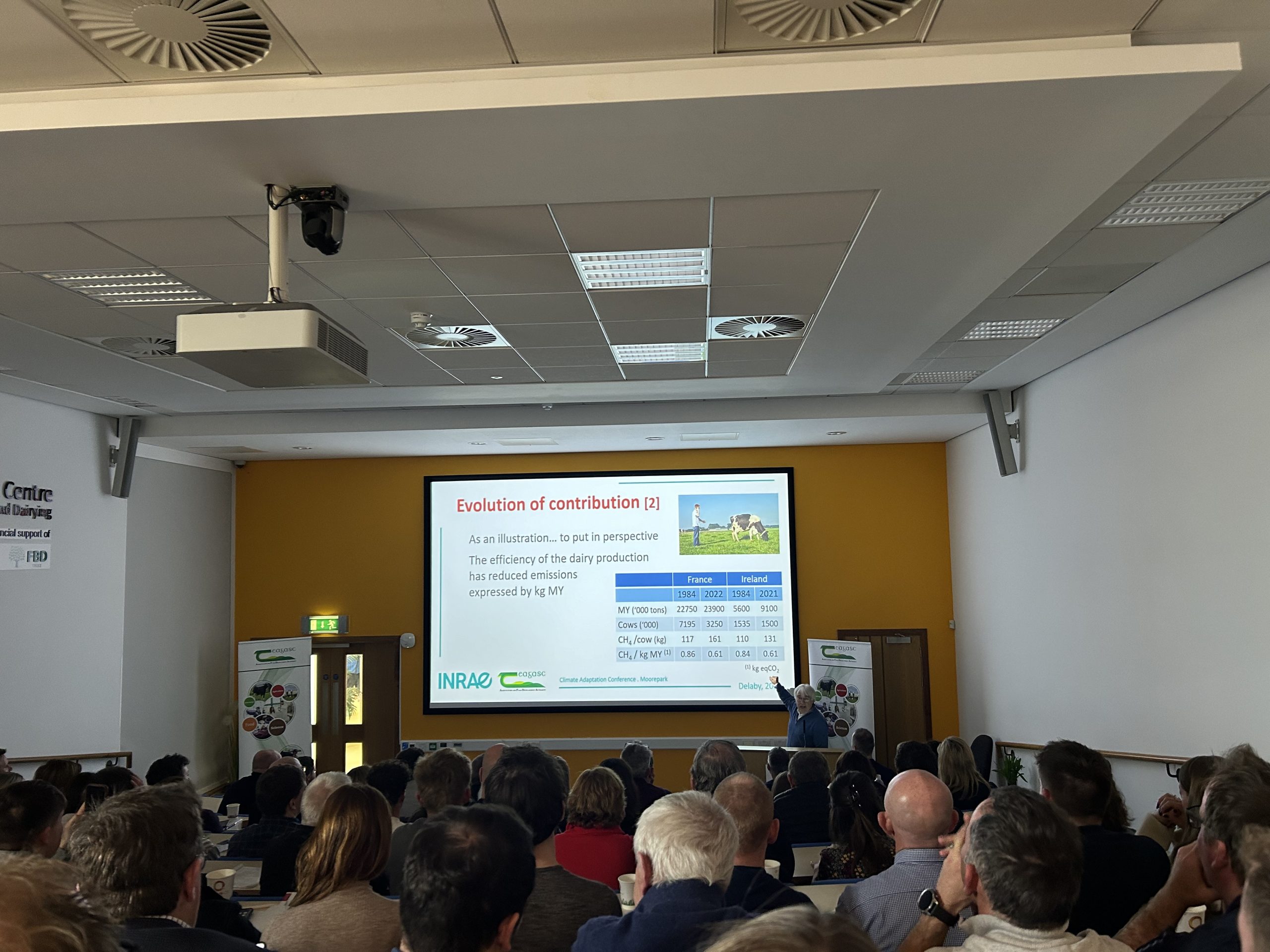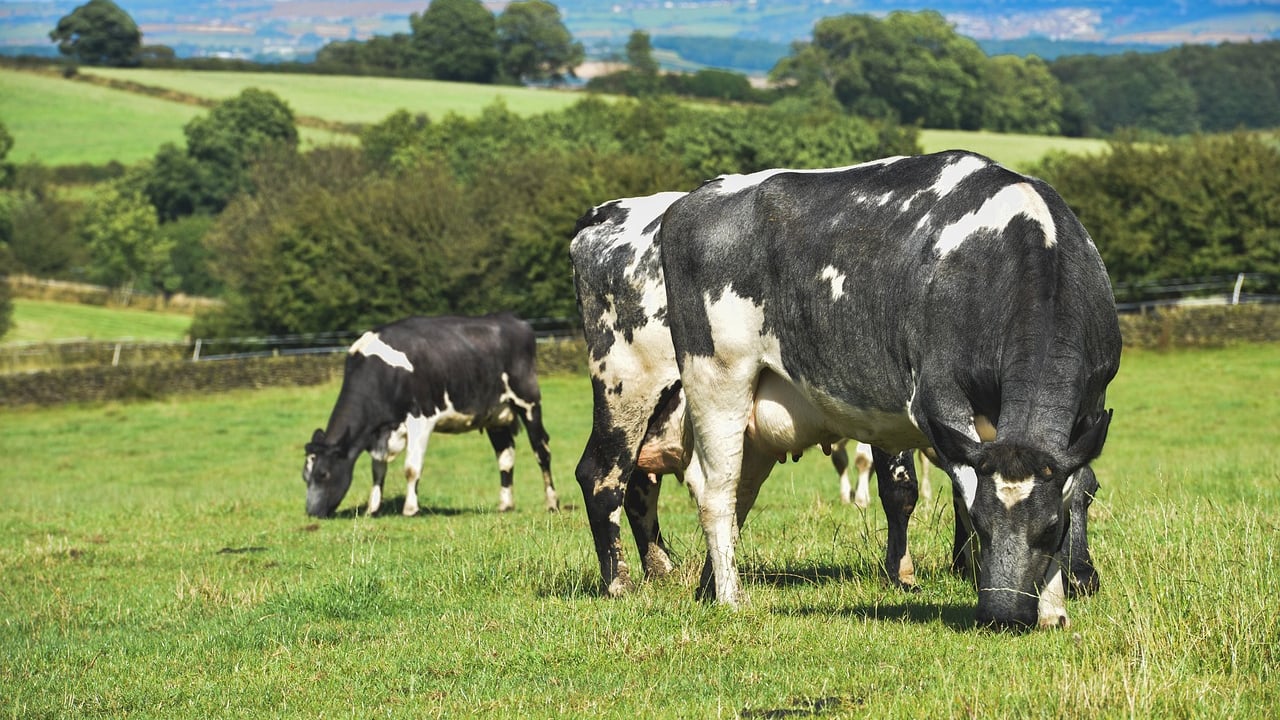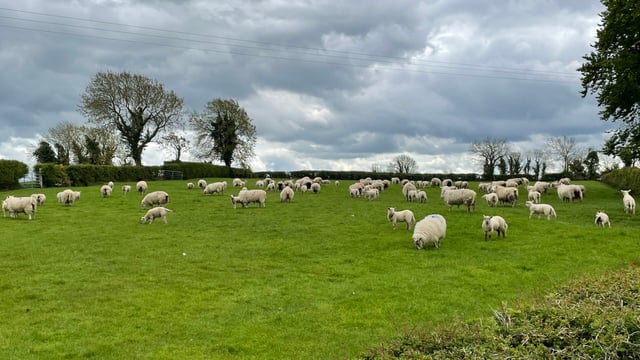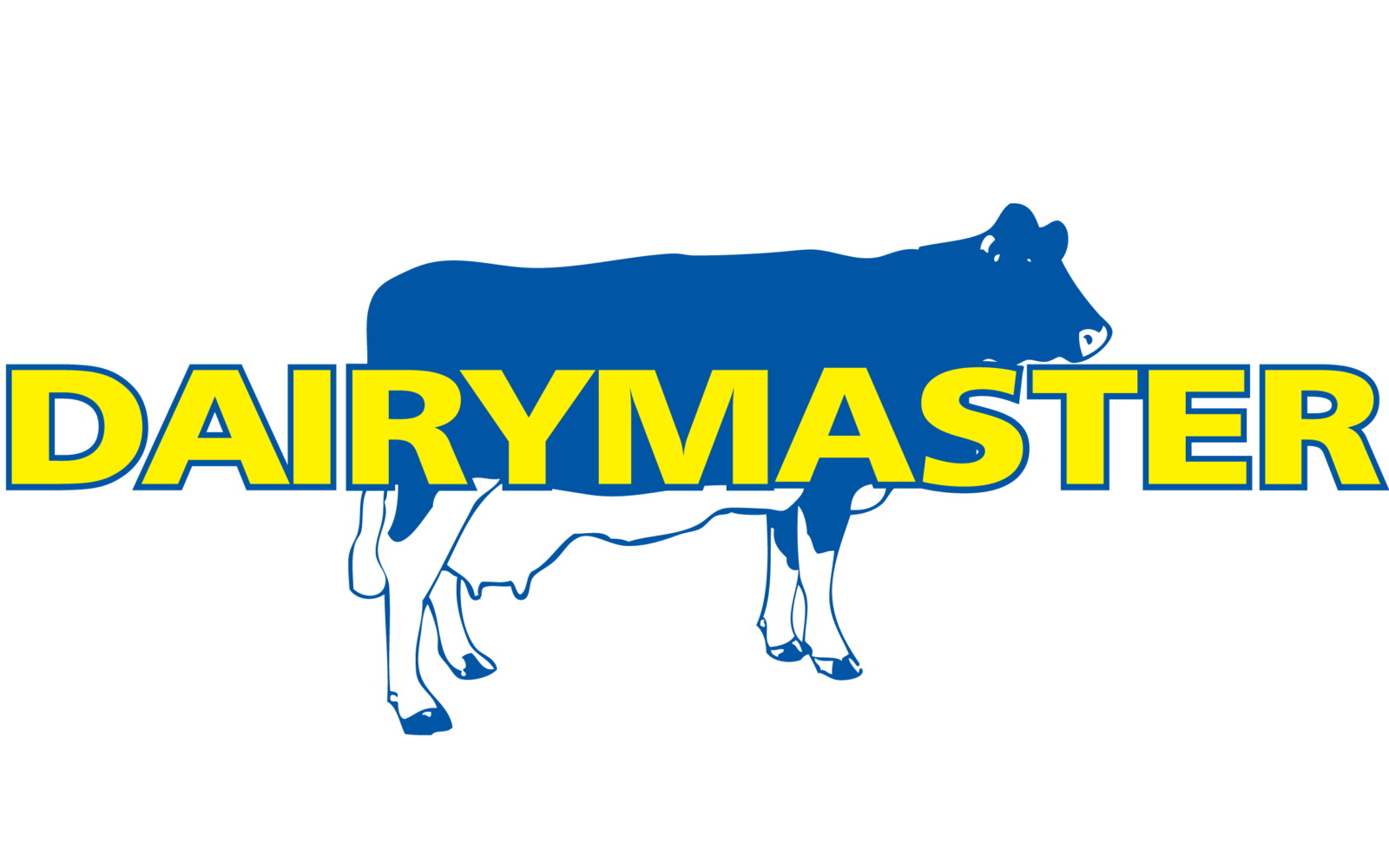Ruminants and grassland should not be blamed for global warming
Ruminants are often blamed for global warming due to their enteric methane emissions, but their contribution and important role in grassland utilisation is overlooked time and time again.
The role of the grazing cow in these changing weather patterns was discussed at the Grassland Climate Adaptation Conference at the Teagasc Animal and Grassland Research and Innovation Centre, at Moorepark in Co. Cork.
Luc Delaby of the Institut National de la Recherche Agronomique (INRA) discussed the carbon paradox of the grazing cow.
Delaby argued that the role of agriculture and and ruminants in climate change has to be considered relative to other sectors and the evolution of their contribution since the beginning of the 20th century.
Ruminants have the ability to transform pastures and forages into high quality foodstuffs, which is crucial for human consumption and global food security.
Grasslands, which cover 40% of Earth's surface, are both organic matter rich soils that need to be preserved and the potential carbon sinks need to be encouraged.
Ruminants play a role in greenhouse gas (GHG) emissions - there is no doubt about it, but the evolution of their contribution to the considerable increases since the 20th century needs to be considered.
Enteric methane represents 22% of the total GHG emissions in Ireland, but these emissions should be compared with the weight of fossil fuel emissions which is 56% of the total in Ireland.
Delaby posed the question: "More cows or more cars, more C02 from cars or more CH4 from ruminants?".
Between 1950 and 2023, the number of cows per 1,000 inhabitants has decreased from 610 cows to 584 cows, while the number of cars has nearly increased by four times the amount, from 153 cars in 1950 to to 575 in 2023.
It can be said that over the last century, transport, housing and industry have had a greater impact on the climate than the livestock sector.
On top of this, livestock systems have increased their efficiency substantially, as Delaby's study has shown that agricultural productivity per inhabitant has risen sharply thanks to genetic improvements, improved grassland management and farm practices.
Livestock systems have also been heavily criticised for their cost in terms of water quality, inefficiency of producing protein, contribution to air and water pollution and harmful effects on human health.
Ruminant farming is constantly being called into question and is the subject of numerous studies aimed at reducing its numbers and its contribution to food production.
Some may argue that livestock systems are being used as a scapegoat for the dismantling of the environment, with many believing that the resolution is reducing cow numbers to protect the environment.

However, a large part of ruminant GHG emissions is included in the natural carbon cycle, unlike other sectors, which draw on fossil energy stocks.
Grassland offers the opportunity fix carbon and increase soil organic matter content , which will partially offset ruminant GHG emissions and limit global warming.
On average, in long-term grassland, around 0.5t of carbon is sequestered each year and this carbon needs to be stored and not released.
Ruminants and grassland work together to provide many ecosystem services and there is a need to produce more food with fewer inputs and less environmental impacts, and to protect and encourage biodiversity.
The future of food and ecosystems completely relies on farmers' ability to combine grasslands and ruminant farming for a win-win solution.
To sum up his presentation, Delaby displayed a quote of the title of Bengtsson et al. (2019): 'Grasslands are more important for ecosystem services than you might think.'





